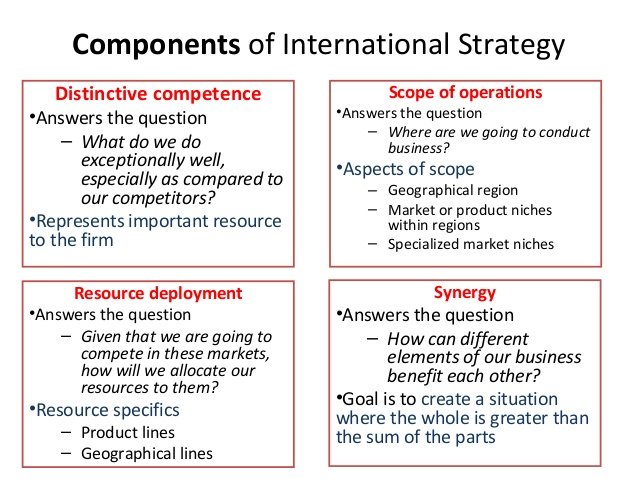In business, people may choose either to work together as a team or work separately to attain goals. Synergy occurs when a company chooses to utilize teams to increase performance, drive strategic growth and reach common goals. Companies may use a synergistic approach to enhance communications, promote knowledge sharing, streamline processes and bridge the generation gap.
Enhance Communications
Synergy extends communications across departments, and teamwork is encouraged to reach strategic goals. For example, the sales department and IT department work together and share skill sets to create a new customer service portal and increase market share. A company that promotes synergy could use technology, such as tablet computers and video conferencing, to provide mobility, ease of access and real-time discussions. This may help employees improve communication skills and deliver exemplary customer service.
Promote Knowledge Sharing
Knowledge sharing permits feedback from co-workers and collaboration between internal and external stakeholders. Synergy may involve the of use customer relationship management products such as Salesforce.com and social networking sites such as Facebook, Twitter and LinkedIn to facilitate the exchange of ideas and to solidify relationships. When individuals work together in a synergistic fashion, expectations, rules and best practices are apparent. This environment fosters learning and growth and spurs innovation, which is advantageous to a company’s competitive standing and strategic value.
Streamline Processes
Collaboration and knowledge sharing across the organization can lead to business process improvement by eliminating redundancy, reducing cycle times and increasing efficiency. If, for example, a marketing department and sales department enter customer account information on separate computer systems, streamlining the process will prevent duplication of efforts and free up resources. This poses opportunities for process automation and a reduction of labor costs, which can positively affect a company’s bottom line.
Efficient Performance
Eliminating structural redundancy also can increase synergy by identifying ways to streamline operations, allowing each department to focus on being maximally efficient within its own role. For instance, forcing several departments to deal with customers in addition to their production responsibilities is less efficient than creating a single, dedicated department for handling customer service. With the creation of the new customer service department, the other departments can hand off difficult client issues to the experts.
Bridge the Generation Gap
A synergistic environment helps bridge the gaps among multiple generations, such as millennials, Generation X and baby boomers. Without it, each group might adapt, communicate and work in different ways. This could negatively affect a company’s productivity and the way it functions as a whole. For example, according to a study published by Ernst & Young, 78 percent of respondents perceive millennials as the most technically capable, but only 45 percent of respondents agree that the same generation works well in teams. A synergistic approach would pair the group with another generation that has strong team skills and poor technical skills, and facilitate team-building exercises and social media activities to encourage members to learn from each other.
Alliances
You also can create synergistic alliances with other businesses that have resources or strategies that sync well with yours. A chocolate maker, for example, might supply its products at a steeply discounted rate to a local bakery, which in turn will promote the chocolate supplier to its patrons. Both businesses benefit from the synergistic connection in ways that neither could alone.
